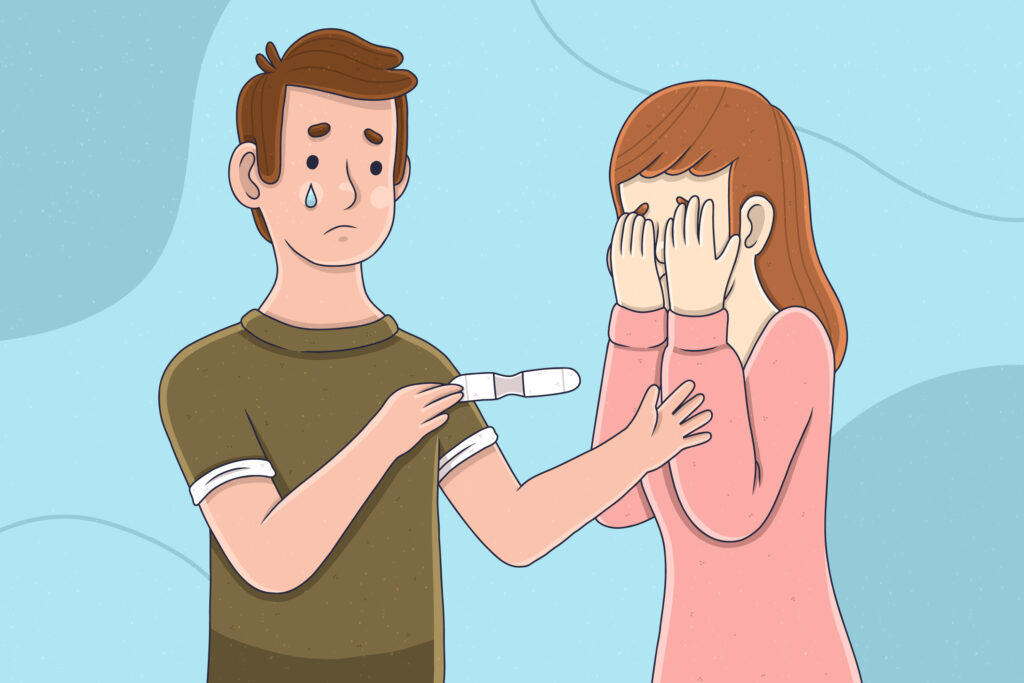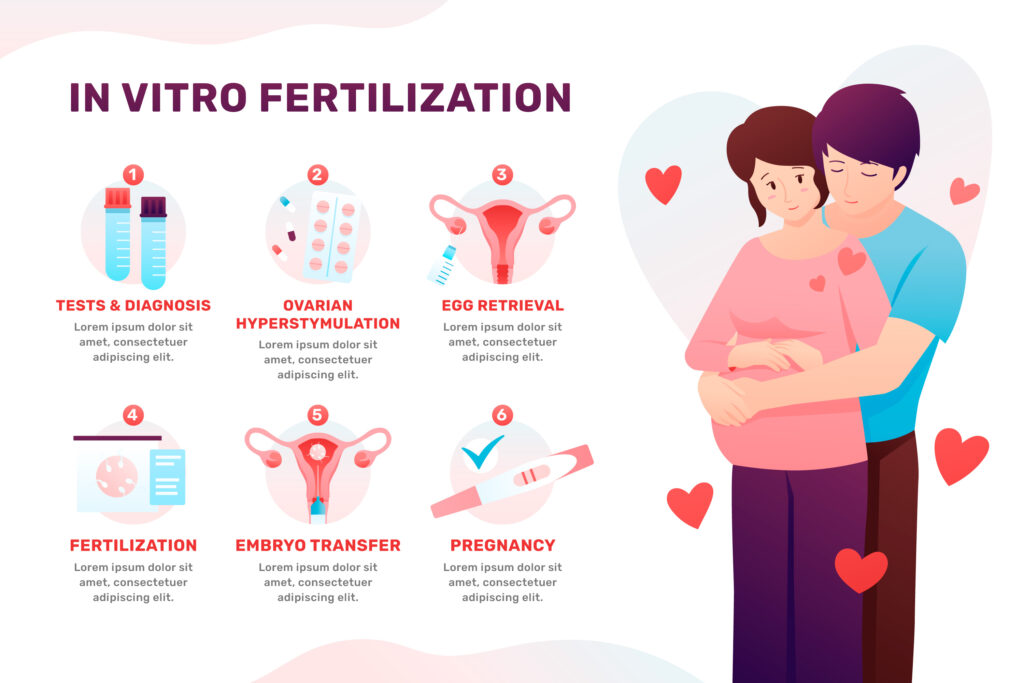The Unspoken Truth of Male Infertility!
When we consider infertility, women usually take the front stage. Usually, talks about family planning, fertility treatments, and reproductive health center on female concerns. But male infertility also contributes equally significantly to the challenges couples face trying to conceive. About 40–50% of all cases of infertility are male ones. Still, it’s a little-traveled and sometimes misinterpreted topic. This website aims to highlight the unspoken truths of male infertility, including its causes, diagnosis, and course of treatment decisions.

What is male infertility?
A man’s failure to produce pregnancy in a fertile female partner after a year of unprotected sex is known as male infertility. Generally speaking, treatment of male infertility results from issues with sperm generation, function, or delivery. Although many factors lead to male infertility, it is important to keep in mind that it is a medical issue, not a reflection of one’s masculinity.
Men reluctant to discuss their reproductive problems may be influenced by stigma and ignorance concerning male infertility. Improving the outcomes for couples trying to conceive depends on an awareness of and control for male infertility.

Typical causes of male infertility:
Medical problems and lifestyle decisions are among the several factors that could lead to male infertility. The most often occurring reasons are listed here:
Low Sperm Count (Oligospermia)
A low sperm count, which denotes insufficient sperm in the semen to fertilize an egg, is one of the main factors causing male infertility. Hormone abnormalities, testicular damage, or hereditary factors can all help to explain this.
Poor Sperm Motility
Sperm motility is their capacity to swim and head toward the egg. Infertility results from poor motility, keeping the sperm from reaching and fertilizing the egg.
Abnormal Sperm Shape (Morphology)
The form and structure of sperm might affect their capacity to fertilize eggs. This is known as their morphology. Aberrant-shaped sperm could not be able to successfully reach the outer layer of an egg.
Varicocele
Varicose veins are enlarged veins in the scrotum; varicocele is another name for this condition. This can have a major effect on sperm quality and production, causing infertility.
Ejaculation Issues
Some men may have problems ejaculating, including retrograde ejaculation, where semen gets into the bladder rather than leaving via the penis. This disorder can be caused in part by diabetes, spinal injuries, and some medications.
Infections and STIs
Inflammation in reproductive organs and sexually transmitted infections (STIs) can both adversely affect sperm production and quality.
Lifestyle Factors
Male fertility can be influenced by lifestyle choices including smoking, too much alcohol, drugs, a bad diet, and little exercise.

Diagnosing Male Infertility
Should a couple have been trying for more than a year without success, it could be time to consult a doctor for treatment of male infertility. Usually diagnosed following a complete medical history and physical examination, male infertility.
Typical diagnostic procedures consist of:
- Semantic analysis, blood tests for testosterone and other hormones.
- Imaging tests can find varicocele.
- Genetic testing can reveal chromosomal problems.
Methods of Treatment:
Below are some of the most common methods of treatment:
- Medications
- Medical operation
- ART: Assisted Reproductive Technology
- Lifestyle changes
Breaking the stigma
A medical condition, male infertility calls for analysis, knowledge, and suitable treatment. Men’s comfort discussing their reproductive health and getting medical attention depends on the stigma surrounding being broken. Not only women have fertility problems; addressing male infertility is a crucial first step in conquering challenges related to conception and treatment of male infertility.
Conclusion
Male infertility is more common than most people are aware; hence, it is imperative to give this problem top priority in the debate on reproductive health. Knowing the causes, diagnostic instruments, and treatment options lets couples approach reproductive challenges with more confidence and a more comprehensive plan. Open discussion of male infertility and removal of the stigma will help everyone engaged to have better results.


